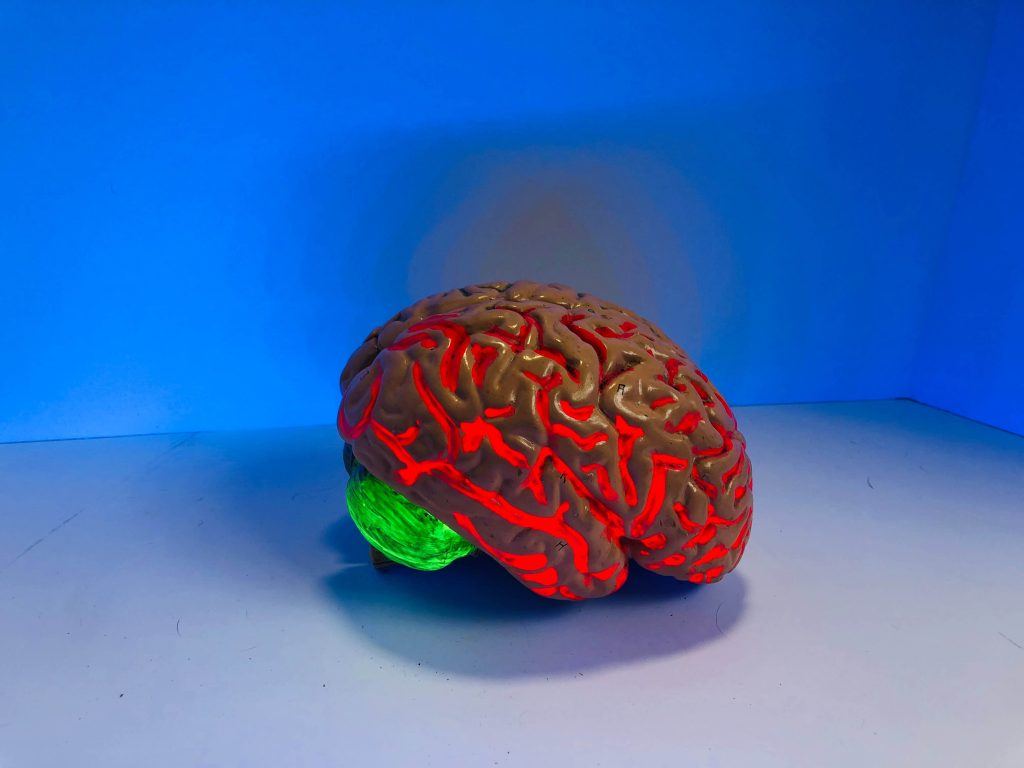Special MRI Protocol Could Help Treat Patients with Brain Hemorrhages
Posted on 14 Jan 2022
Researchers are investigating how a special magnetic resonance imaging (MRI) protocol can help understand which patients might be at risk for hematoma expansion after intracerebral hemorrhage.
Researchers at The University of Texas Health Science Center at Houston (Houston, TX, USA) are conducting a study to determine how MRI can be used to help clinicians treat patients with brain hemorrhages. The trial is investigating a special MRI protocol to help understand which patients might be at risk for hematoma expansion and determining when patients might be safely placed back on anti-thrombotic medications such as aspirin.

Hematoma expansion is a pool of clotted blood that can occur after a blood vessel breaks. Intracerebral hemorrhage - a type of brain bleed that occurs anywhere within brain tissue - accounts for about 10% to 15% of all strokes and is associated with high mortality. It is most commonly the result of hypertension, which can cause the thin-walled arteries that bring blood to areas deep inside the brain to rupture, releasing blood into brain tissue. As blood spills into and puts pressure on the brain, it becomes deprived of oxygen and blood supply. Brain cells die, and the resulting inflammatory responses damage more cells in the area surrounding the hematoma.
There is a 30-40% mortality rate for intracerebral hemorrhage, according to the researchers, with 73% of patients experiencing some degree of hematoma growth, and with about one-third of them exhibiting hematoma expansion - a 33% growth of hematoma volume within 24 hours of intracerebral hemorrhage.
The current standard of care is a computed tomography (CT) scan, a non-invasive X-ray used to detect any bleeding. Both the CT and MRI scans are capable of locating and detecting hematoma expansion, but researchers believes a slight modification to existing MRI protocols can differentiate between clotted (or coagulated) versus non-clotted (or non-coagulated) blood within the hematoma.
“We are studying whether MRI can provide more complete information which could alter the clinical management of patients with hemorrhagic stroke,” said Muhammad Haque, PhD, assistant professor of neurology with McGovern Medical School at UTHealth Houston and the UTHealth Institute for Stroke and Cerebrovascular Disease. “The current practice of CT scans is inadequate for the full assessment of patients. We seek to assist providers with information that will help them plan early interventions and might even eliminate unnecessary surgical procedures. Our ultimate goal is to take this data and go for an extensive study of this imaging method.”
“With this MRI sequence, we hope to see within the hematoma what percentage of the blood is already clotted and what percentage is in the liquid form,” Haque added. “We will determine if patients with mostly clotted blood are less likely to see their blood expand.”
Related Links:
UT Health Houston






 Guided Devices.jpg)







